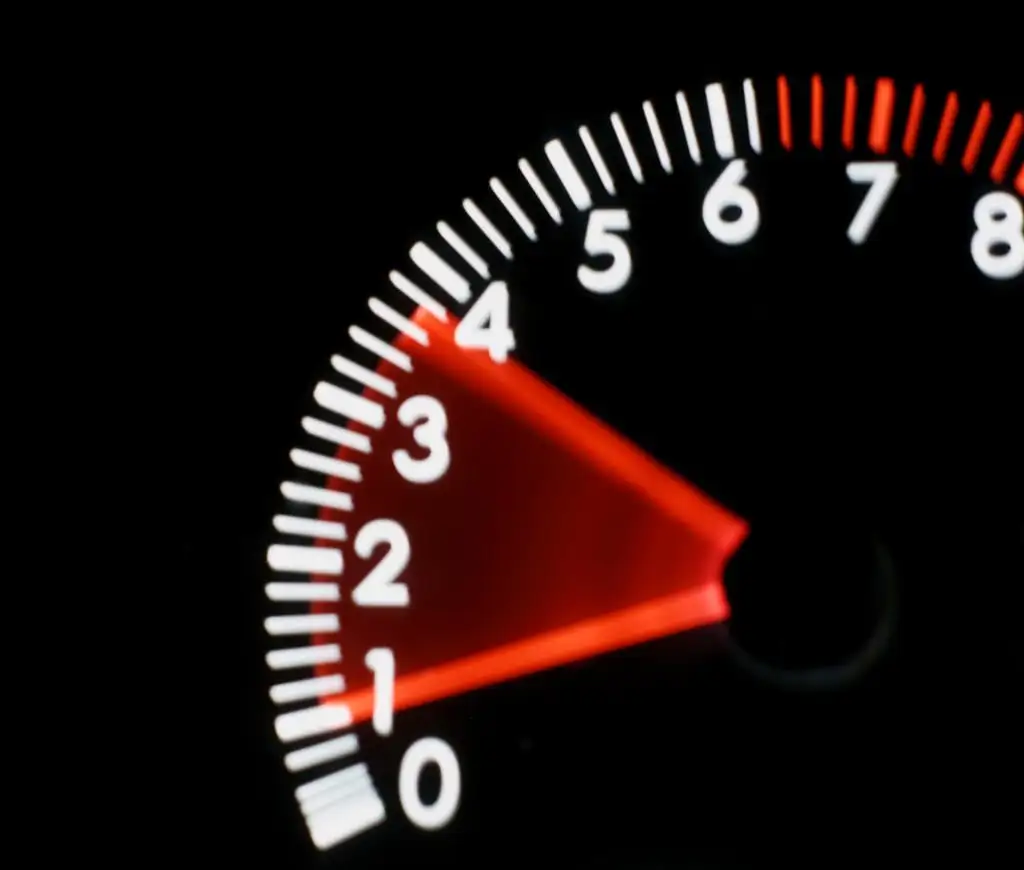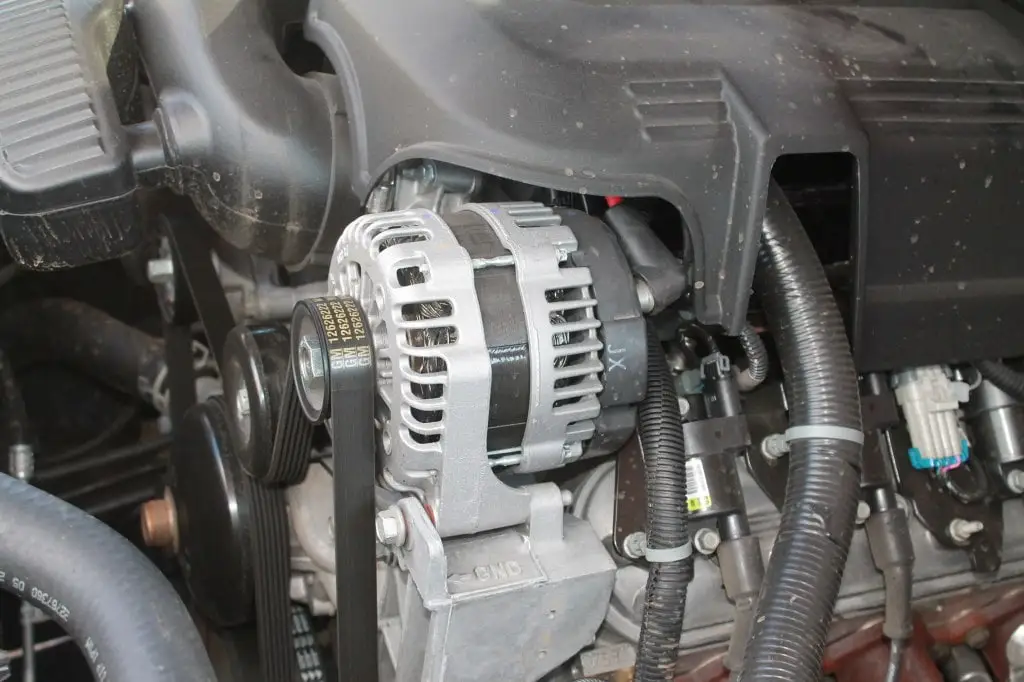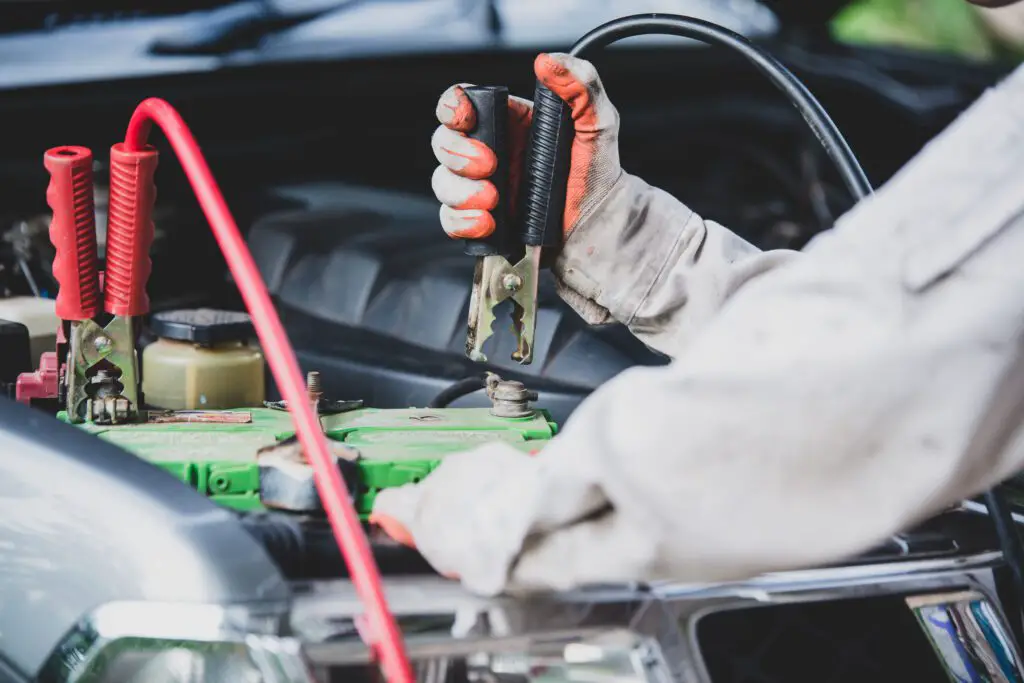If you’ve ever dealt with a weak car battery, you might have heard someone suggest revving the engine to charge it faster. But does this popular advice actually work, or is it just another automotive myth? Let’s dive deep into the science behind battery charging and discover what really happens when you press that accelerator pedal.
How Your Car’s Charging System Works
Before we tackle the revving question, it’s crucial to understand how your car’s electrical system charges the battery. Think of it as a continuous cycle:
- The battery provides initial power to start your engine
- Once running, the engine turns the alternator via a serpentine belt
- The alternator converts mechanical energy into electrical energy
- This electrical energy recharges the battery and powers your car’s systems
The Truth About Revving and Battery Charging
Here’s the straight answer: Yes, revving your engine can charge your battery faster, but only in specific situations and within certain limits. Let’s break down exactly when and why this works.
When Revving Actually Helps
- During Jump Starts
- Initial engine start requires significant power
- Gentle revving (1500-2000 RPM) from the donor car provides extra juice
- Helps overcome the resistance in a deeply discharged battery
Essential Tool: Keep a reliable jump starter for emergencies {Heavy Duty Jump Starter with Air Compressor} [Amazon]
- Severely Discharged Batteries
- When battery voltage drops extremely low
- Higher RPMs can help initial charging
- Provides quick voltage boost to critical levels
- Cold Weather Conditions
- Battery efficiency decreases in cold temperatures
- Controlled revving helps overcome cold-induced resistance
- Generates extra heat that can improve battery performance
The Science Behind RPMs and Charging
Understanding the relationship between engine speed and charging output:
Alternator Output vs. RPM
- Idle speed (~800 RPM): Basic charging output
- 1500-2000 RPM: Optimal charging range
- Above 2500 RPM: Minimal additional charging benefit
Pro Tip: Monitor your charging system with a quality voltmeter (Professional Automotive Multimeter) [Amazon]

Safe Revving Techniques for Battery Charging
Follow these steps to safely charge your battery through revving:
- Initial Warm-Up
- Start engine and let idle for 1-2 minutes
- Allow oil to circulate properly
- Check all warning lights are off
- Controlled Acceleration
- Gradually increase RPM to 1500
- Hold for 30 seconds
- Increase to maximum 2000 RPM if needed
- Monitoring
- Watch temperature gauge
- Listen for unusual sounds
- Check battery voltage if possible
Related: Engine Temperature Management
Risks and Warnings
Engine Damage Prevention
- Never rev a cold engine aggressively
- Avoid sustained high RPMs
- Monitor engine temperature closely
Battery Safety
- Don’t attempt with damaged batteries
- Watch for unusual smells or swelling
- Stop if battery feels hot
Safety First: Keep a battery tester handy {Digital Battery Analyzer with Printer} [Amazon]
Common Scenarios and Solutions
1. Morning Start Problems
- Battery seems weak after overnight parking
- Gentle revving might help initially
- Drive for at least 15 minutes afterward
2. Post-Jump Start Charging
- Keep donor car connected
- Rev donor car to 1500 RPM
- Maintain for 2-3 minutes maximum
3. Weather-Related Issues
- Cold mornings require extra care
- Allow longer warm-up time
- Consider a battery warmer for extreme cold (Battery Thermal Wrap) [Amazon]
Signs Your Battery Needs More Than Revving
Watch for these warning signs:
- Age-Related Issues
- Battery older than 3 years
- Decreased performance over time
- Frequent charging needed
- Physical Warning Signs
- Corroded terminals
- Bulging case
- Leaking fluid
- Performance Red Flags
- Slow cranking
- Dimming lights
- Electronic system glitches
Related: Battery Warning Signs
Maintenance Tips to Prevent Battery Issues
Regular maintenance helps avoid charging problems:
- Monthly Checks
- Clean terminals
- Check connections
- Inspect for damage
- Seasonal Care
- Test before extreme weather
- Adjust maintenance for season
- Consider trickle charging
Must-Have: Quality battery maintenance kit {Complete Battery Care Kit} [Amazon]
Modern Vehicle Considerations
Today’s vehicles are far more complex than their predecessors, which changes how we approach battery charging. Let’s explore why traditional revving might not always be the best solution for newer cars.
Smart Charging Systems
Modern vehicles use sophisticated charging systems that:
- Adjust charging rates automatically
- Prioritize electrical system demands
- Monitor battery health continuously
Related: Modern Car Electronics Guide
Impact of Start-Stop Technology
Many newer vehicles feature start-stop systems that:
- Place additional demands on the battery
- Require specialized battery types
- Need specific charging protocols
Recommended: AGM Battery designed for start-stop systems {Premium AGM Battery with Enhanced Cycling} [Amazon]
Advanced Charging Solutions
Professional Charging Equipment
For serious battery maintenance:
- Smart Chargers
- Multi-stage charging
- Battery conditioning features
- Diagnostics capabilities
Top Pick: Professional-grade smart charger {Advanced Multi-Stage Smart Charger} [Amazon]
- Battery Maintainers
- Perfect for stored vehicles
- Prevents sulfation
- Extends battery life
Related: Long-term Vehicle Storage
Alternative Charging Methods
- Solar Maintainers
- Ideal for outdoor storage
- Environmentally friendly
- No electricity costs
- Wireless Charging Systems
- Emerging technology
- Convenient installation
- Automatic operation
Innovation Choice: Solar battery maintainer {Solar Panel Battery Maintainer with Controller} [Amazon]
Diagnostic Approaches
Professional Testing Methods
Modern battery testing includes:
- Conductance testing
- Load testing
- State of charge analysis
Must-Have Tool: Professional battery analyzer {Digital Battery Analyzer with Bluetooth} [Amazon]
Common Problems and Solutions
1. Parasitic Drain
- Identification methods
- Testing procedures
- Common culprits
2. Charging System Issues
- Alternator problems
- Voltage regulator failure
- Belt and pulley problems
Battery Technology Advancements
Latest Battery Types
- Enhanced Flooded Batteries (EFB)
- Improved cycling capability
- Better charge acceptance
- Ideal for basic start-stop systems
- Advanced Glass Mat (AGM)
- Superior performance
- Maintenance-free
- Perfect for high-demand vehicles
Upgrade Option: High-performance AGM battery (Premium AGM Battery with 3-year Warranty) [Amazon]
Professional Service Guidelines
When to Seek Expert Help
Contact professionals when:
- Battery won’t hold charge
- Charging system warning lights appear
- Unusual electrical behavior occurs
Cost Considerations
- Battery replacement costs
- Charging system repairs
- Preventive maintenance
Environmental Factors
Temperature Effects
- Heat Impact
- Increased water loss
- Faster chemical reaction
- Reduced lifespan
- Cold Weather Challenges
- Reduced capacity
- Starting difficulties
- Charging limitations
Winter Essential: Battery insulation blanket {Thermal Battery Wrap with Indicator} [Amazon]
Best Practices for Long-Term Battery Health
Regular Maintenance Schedule
- Monthly inspections
- Quarterly cleaning
- Annual professional testing
Driving Habits That Help
- Regular Use
- Weekly driving sessions
- Minimum duration requirements
- Optimal conditions
- Electrical Load Management
- Limiting accessory use
- Managing power demands
- System upgrades when needed
Emergency Preparedness
Essential Tools to Carry
- Basic Equipment
- Jumper cables
- Portable jump starter
- Basic tools
- Safety Items
- Personal protection
- Emergency lights
- Communication devices
Complete Solution: Emergency roadside kit {Professional Roadside Assistance Kit} [Amazon]
Conclusion: The Future of Battery Charging
As automotive technology continues to evolve, traditional methods like revving may become less relevant. Focus on:
- Understanding your vehicle’s specific needs
- Maintaining proper charging systems
- Using appropriate modern charging solutions
- Following manufacturer recommendations
Related: Vehicle Maintenance Schedule
Remember, while revving might provide a temporary solution, proper maintenance and appropriate charging methods are the keys to long-term battery health.

